7 places to blow your mind in Central Europe
Central Europe snugly fits between Western and Eastern Europe and comprises nine countries all historically, socially and culturally connected. The region is also home to many fascinating visitor sights and with some parts still relatively undiscovered, the area offers up some real gems. 1. A building that has confused many a drunken reveler over the years. The world’s first upside-down house in Szymbark, Poland lets visitors explore this curiosity for themselves. It’s not for those easily disorientated, so best leaving the full Polish breakfast and sampling the local tipple until after your visit.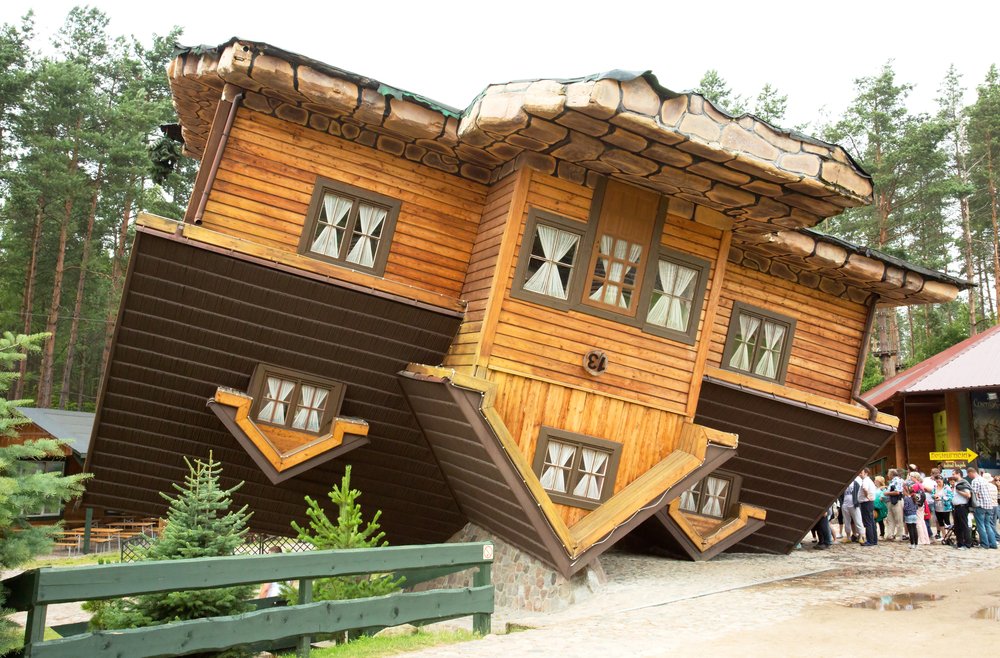 2. American news site CNN recently ranked this hotel among the twelve "most unbelievable" hotels in the world and were blown away by its futuristic characteristics. Although it wouldn’t seem out of place in a Bond movie, Hotel Ještěd pays homage to swinging 60s architecture and sits on the peak of a mountain of the same name overlooking the town of Liberec, just a few hours drive from Prague in the Czech Republic.
2. American news site CNN recently ranked this hotel among the twelve "most unbelievable" hotels in the world and were blown away by its futuristic characteristics. Although it wouldn’t seem out of place in a Bond movie, Hotel Ještěd pays homage to swinging 60s architecture and sits on the peak of a mountain of the same name overlooking the town of Liberec, just a few hours drive from Prague in the Czech Republic.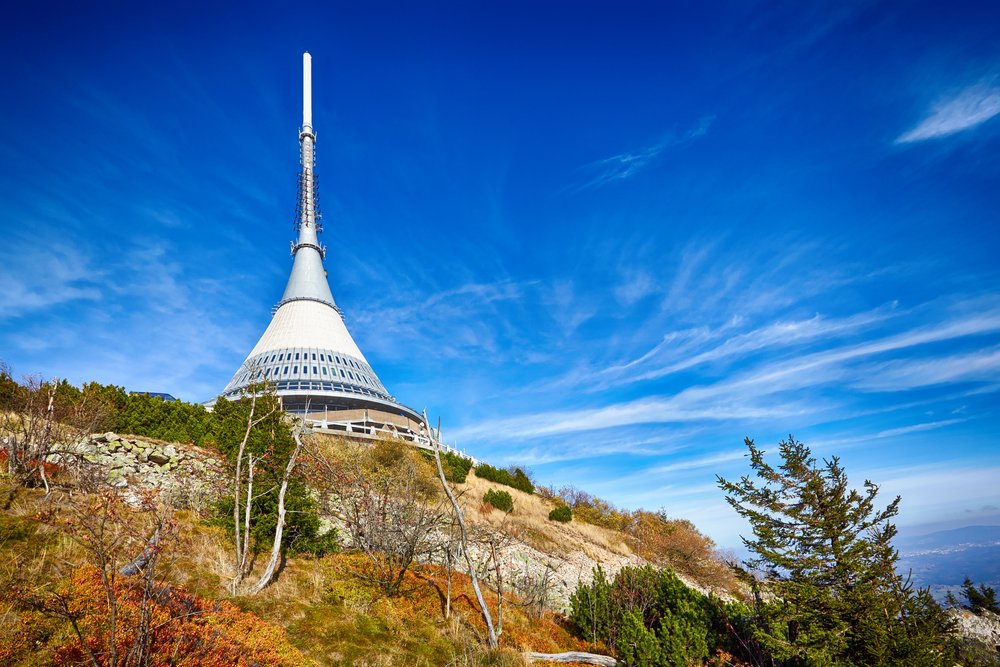 3. The words ‘salt mine’ usually conjure up images of pre-cold war slave labor, rather than the home of a cathedral. Wieliczka Salt Mine complex near Krakow in Poland also includes the said cathedral, an underground lake, and a wellness center while all the sculptures, reliefs, and even the chandeliers are carved from salt rock. Some of the braver (or more foolhardy) visitors have been known to lick the floor and the occasional object in order to prove the authenticity of the salt.
3. The words ‘salt mine’ usually conjure up images of pre-cold war slave labor, rather than the home of a cathedral. Wieliczka Salt Mine complex near Krakow in Poland also includes the said cathedral, an underground lake, and a wellness center while all the sculptures, reliefs, and even the chandeliers are carved from salt rock. Some of the braver (or more foolhardy) visitors have been known to lick the floor and the occasional object in order to prove the authenticity of the salt.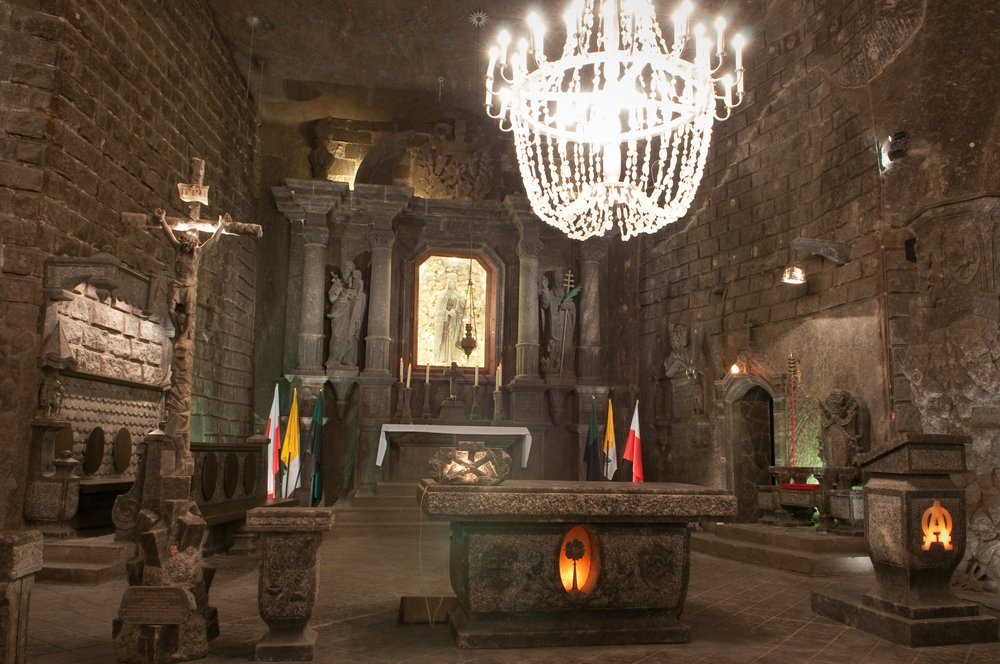 4. The overused adjectives of ‘fairytale’ and ‘picture postcard’ often invoke an involuntary yawn when used to describe popular tourist attractions. However, the UNESCO listed mountain town of Hallstatt that sits on the lake of the same name between Salzburg and Vienna in Austria effortlessly justifies such a description. More jaw-dropping than yawning.
4. The overused adjectives of ‘fairytale’ and ‘picture postcard’ often invoke an involuntary yawn when used to describe popular tourist attractions. However, the UNESCO listed mountain town of Hallstatt that sits on the lake of the same name between Salzburg and Vienna in Austria effortlessly justifies such a description. More jaw-dropping than yawning.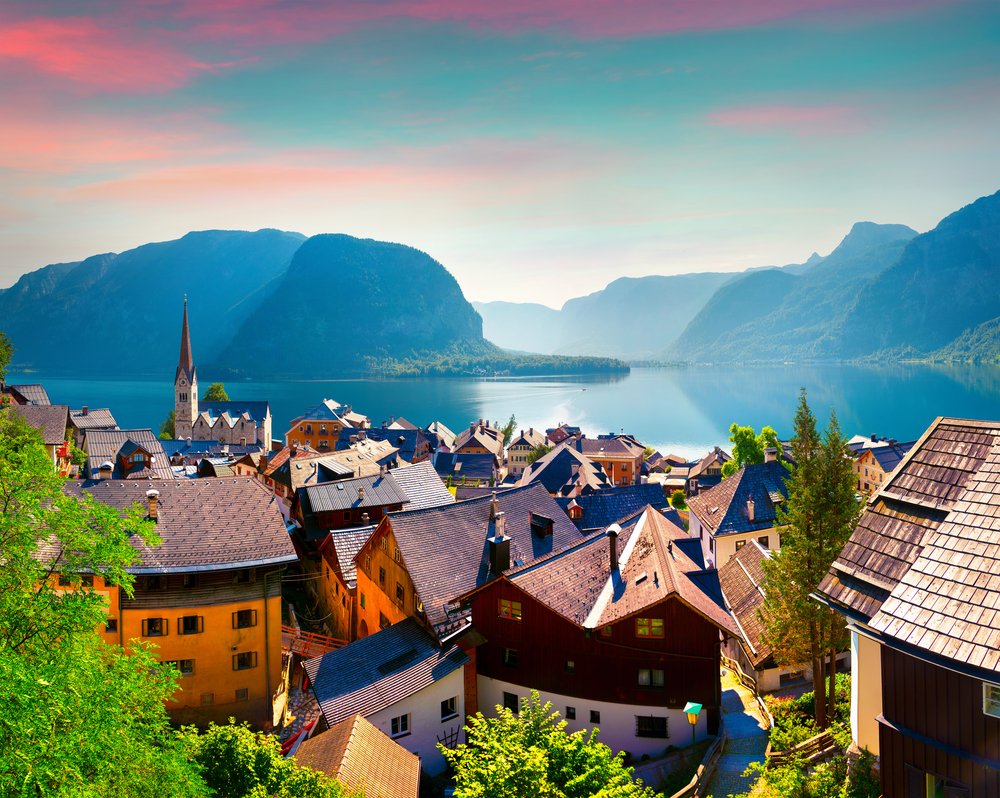 5. It almost impossible to mention Central Europe without throwing in a castle or two. The thirteenth-century colossal medieval fortress that is Castle Spis in Slovakia is Europe’s largest castle in terms of area and the intact ruins can be seen from miles around, making it a stunning addition to the landscape.
5. It almost impossible to mention Central Europe without throwing in a castle or two. The thirteenth-century colossal medieval fortress that is Castle Spis in Slovakia is Europe’s largest castle in terms of area and the intact ruins can be seen from miles around, making it a stunning addition to the landscape.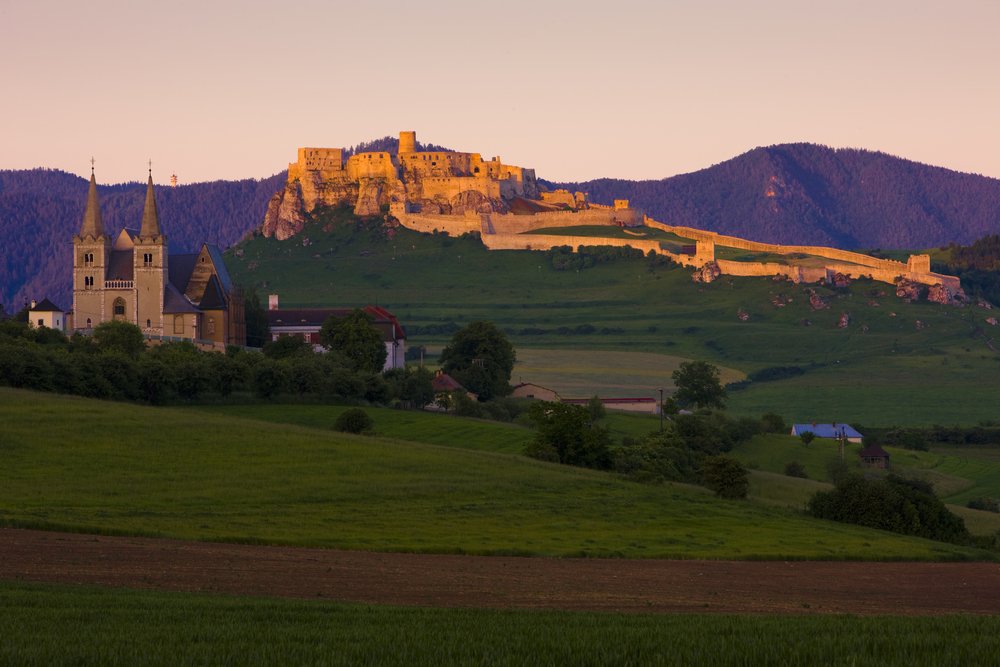 6. From brutal medieval times to the sublimely pretty. Schwerin Castle in Germany sits on an island in the main lake at Schwerin. This prime example of European historicist architecture has the lot — a resident ghost who is usually spotted wearing seventeenth-century garb, more towers and turrets than you can shake a stick at, a picturesque setting, a museum and all while serving as the state parliament.
6. From brutal medieval times to the sublimely pretty. Schwerin Castle in Germany sits on an island in the main lake at Schwerin. This prime example of European historicist architecture has the lot — a resident ghost who is usually spotted wearing seventeenth-century garb, more towers and turrets than you can shake a stick at, a picturesque setting, a museum and all while serving as the state parliament.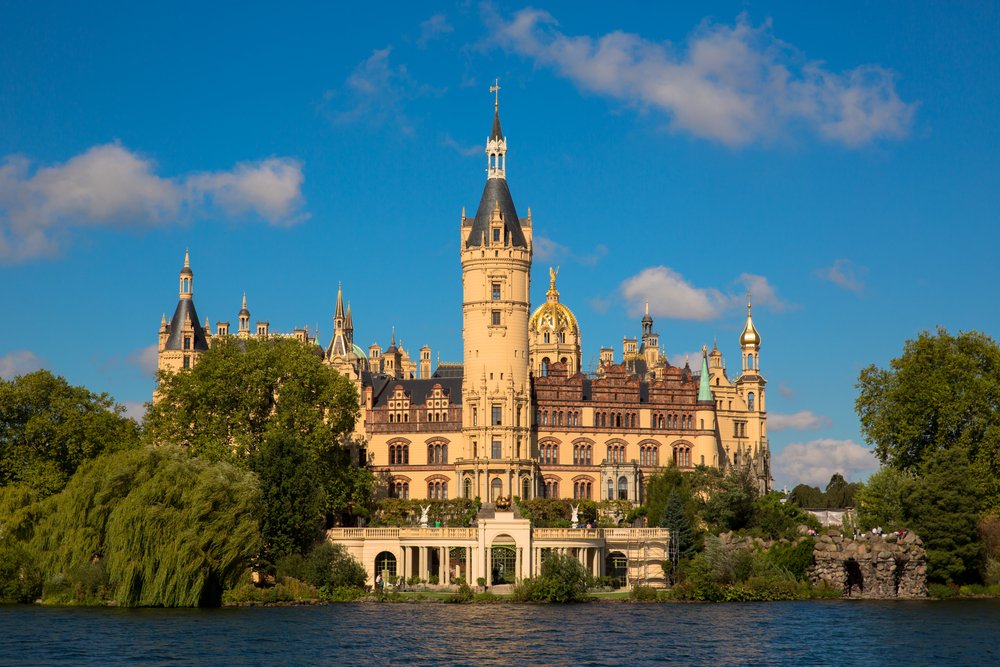 7. It doesn’t always need a structure or one of nature’s elements to hit you right in the face for it to blow your mind. Dresden in Germany falls into that category, as anyone who has delved into its recent history will understand. Flattened by almost 4,000 tons of bombs in just two days and nights in 1945, the city has risen phoenix-like to become the perfect blend of old and new. The thoughtful and remarkable rebuilding into a modern day cosmopolitan city has been nothing short of miraculous.
7. It doesn’t always need a structure or one of nature’s elements to hit you right in the face for it to blow your mind. Dresden in Germany falls into that category, as anyone who has delved into its recent history will understand. Flattened by almost 4,000 tons of bombs in just two days and nights in 1945, the city has risen phoenix-like to become the perfect blend of old and new. The thoughtful and remarkable rebuilding into a modern day cosmopolitan city has been nothing short of miraculous.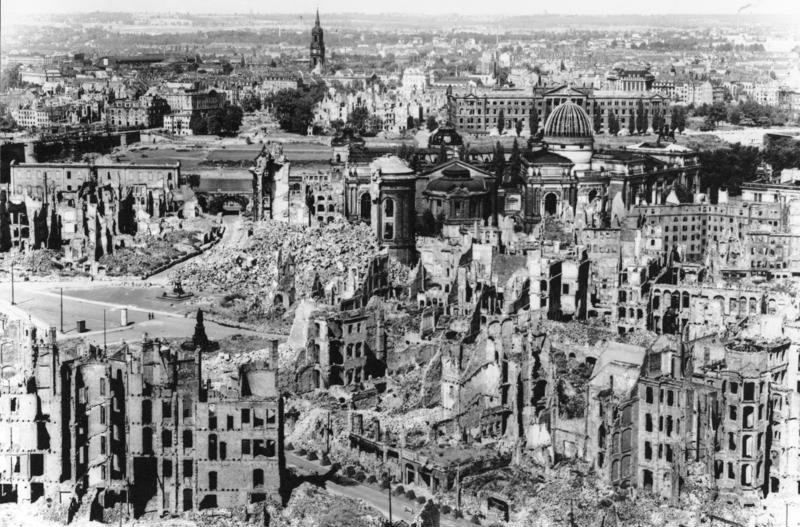 Dresden after the war. By Bundesarchiv, Bild 146-1994-041-07 / CC-BY-SA 3.0, CC BY-SA 3.0 de, https://commons.wikimedia.org/w/index.php?curid=5483604
Dresden after the war. By Bundesarchiv, Bild 146-1994-041-07 / CC-BY-SA 3.0, CC BY-SA 3.0 de, https://commons.wikimedia.org/w/index.php?curid=5483604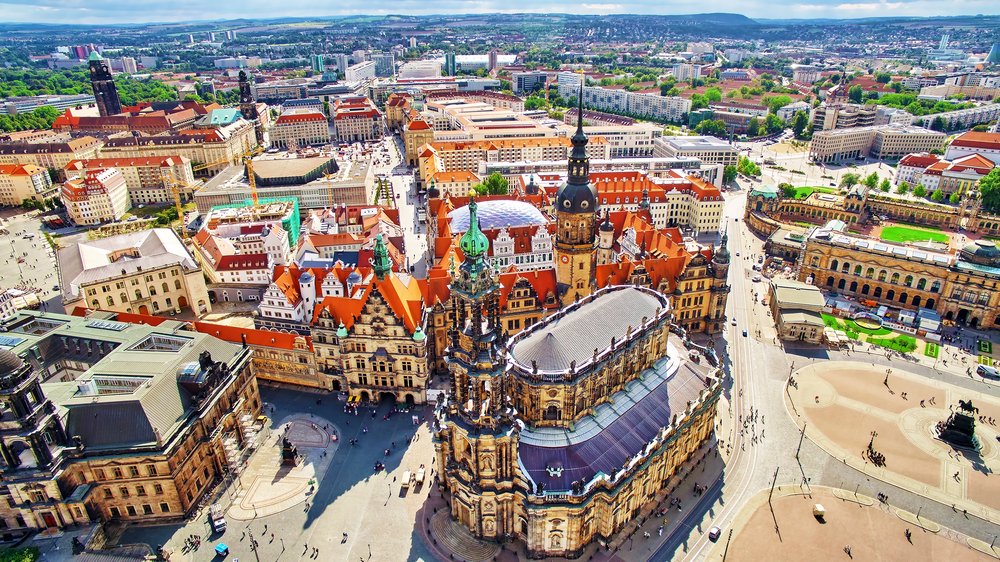 Dresden now.If you’ve enjoyed reading about these destinations, then why not pop over to our main site where you can read more about each location and find out how you can easily arrange a visit during your next stay in central Europe.
Dresden now.If you’ve enjoyed reading about these destinations, then why not pop over to our main site where you can read more about each location and find out how you can easily arrange a visit during your next stay in central Europe.

